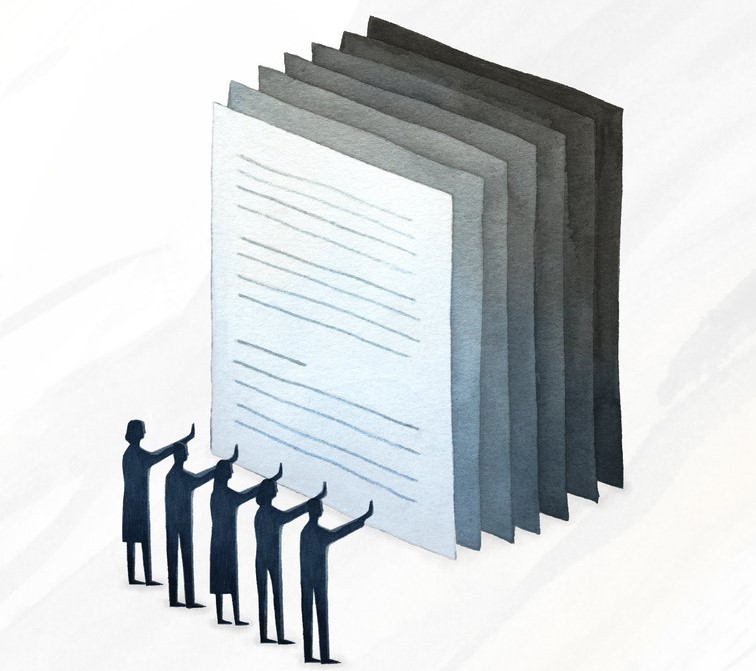Manodhairya in its New Avatar – Greater Contradictions, Diminishing Spirit
The revised Government Resolution (GR) on the Maharashtra Government’s “Manodhairya” Victim compensation scheme came into effect from the 1st of August 2017. The scheme in its new avatar does little to instill confidence. Rather with increased bureaucracy and decreased sensitivity, the new Manodhairya scheme seems all set up to fail victims and families who need it the most.
(Click to read the new Manodhairya GR in English & Marathi)
10 Key Variations from the Previous Government Resolution on the Scheme:
- Increase in the Compensation Amount: The maximum amount of compensation that can be sanctioned under the scheme has been increased from 3 lakh Rupees to to Rs. 10 lakh Rupees.
- Compensation in Retrospect: Compensation in retrospect will be given to victims in cases eligible under the scheme from 31st December 2009 onward. The compensation will be dispensed in these cases as per the criteria of the government’s old resolution dated 21st October 2013. The financial compensation will be payable only if an FIR was lodged at the time of the incident.
- No Focus on Rehabilitation: Other than financial compensation, there is no mention of any rehabilitative intervention in the new GR. The district trauma teams that were envisioned as a multi-disciplinary team of professionals that provide first response to victims of sexual violence have been completely left out of the scheme in the new GR.
- Authority for Compensation: The decision regarding approval of the financial compensation has been shifted from the District Collector’s office to the District Legal Services Authority (DLSA) and conditionally the State Legal Services Authority (SLSA). The GR mentions that the necessary supervision of paper work has to be conducted by the concerned officer at the Women & Child Development Department. But the final decision regarding the compensation will be that of the DLSA and SLSA.
- Restricted Time Period for Paperwork : The time period to comply with the necessary paper work and conditions has been restricted to 3 months from the sanctioning of the amount. The failure to comply will result in the compensation amount being confiscated into the State Treasury.
- Demand for more Proof of the Offence: Previously, all that was needed to apply for the Manodhariya compensation was copy of the FIR. Now, the new GR demands that the police submit copy of the FIR, Medical Examination Report and the victim’s testimony under Section 164 CrPC. Once the necessary paperwork is submitted to the DWCD officer, the DLSA and SLSA will take a decision regarding the compensation. Failure to produce all the necessary proof will result in compensation being denied.
- New Clauses on Fixed deposits: If the rape leads to death of the child, then the non-offending mother; if the mother is deceased then the non-offending father; if both parents are deceased then the guardian of the child who is the legal heir, will be paid the compensation. The compensation has to be kept in the bank as fixed deposit for a period of 20 years. The parents and legal heirs can only use the interest amount on the fixed deposit to take care of their needs.
- Manodhairya or Nothing: Victims entitled for compensation under the scheme and availing compensation under the scheme cannot avail of victim compensation under any other scheme in the State.
- Aadhaar linked bank accounts mandatory: It is now mandatory that all victims and their families availing of compensation must have an Aadhaar number linked to their bank accounts. The compensation under the scheme will only be deposited in an Aadhaar-linked bank accounts.
- Penalty if Victim Turns Hostile: If a victim is to change or retract their statement or turn hostile in court, the new GR states that the entire sanctioned amount under the scheme will be recovered from her.
 The amendments in the new Manodhairya GR seem to be based primarily on suspicion of victims and the potential premise of mischief and misuse by victims and families. A section categorically mentions that the criteria for availing compensation have been changed due to “false claims” by victims. It further mentions how victims change their testimony in courts, and how victims and accused can collude to get access to the monetary compensation.
The amendments in the new Manodhairya GR seem to be based primarily on suspicion of victims and the potential premise of mischief and misuse by victims and families. A section categorically mentions that the criteria for availing compensation have been changed due to “false claims” by victims. It further mentions how victims change their testimony in courts, and how victims and accused can collude to get access to the monetary compensation.
Some of the concerns may be valid. But the new amendments have been passed in the absence of solid evidence to back these claims. Also there was little attempt to consult with other stakeholders (including civil society organisations) who have been actively involved in the implementation of the scheme.
On the ground it has been observed that all the procedures – medical examination of the victims and recording the statement under the 164 CrPC are time consuming. In one of the cases handled by the Aarambh India initiative the complaint was registered in February 2016 and the statement under 164 CrPC was recorded only in December 2016. Also by now making it mandatory for the police to record a statement under 164 CrPC, the scheme directly contradicts the POCSO law.
Many victims who come from marginalized backgrounds do not have any valid identification proof. Post the incident, many of them also tend to shift residence. The imposition of time limit for completion of paperwork will only add to the woes of the victims and their families.
Mandatory Aadhaar cards seem to be the norm these days, the Manodhairya scheme has gone a step further and asked victims and families to provide for Aadhaar-linked bank account details. In the absence of any clear guidelines from the Reserve Bank of India regarding Aadhaar-linked bank accounts, one wonders what compelled the State to make it mandatory for victims to have the same.
In one of our cases, a nationalised bank refused to open a zero balance account in the name of the victim. The father of the victim, a daily wage earner had to collect Rs.1500/- over a period of three months to open a bank account to avail compensation under the scheme. The new scheme turns a blind eye to some of these existing ground realities by putting a blanket rule.
There is no mention of any rehabilitative aspects in the new government resolution. This is disappointing to say the least. The district trauma teams that had a clear mention in the previous GR, they were invisible on the ground but their mention in the GR gave us something to work with. The logical step forward would have been clearer guidelines to make them visible and strengthen their functioning. The new GR has taken the easy route by negating the District Trauma Teams.
The Manodhairya Scheme in its original form was applauded nationally for being one of the most progressive and sensitive victim compensation schemes in the country. The scheme had its drawbacks, there were challenges in implementation on the ground, but the scheme had also given hope to many victims and families who needed assistance in one of the most difficult periods of their lives. The amendments to the old scheme are a step in the wrong direction, its regressive and not in the best interest of the victims. It puts too much emphasis on procedures and paperwork, bases its premise on distrust and takes out the spirit of “Manodhairya” which was envisaged as the States attempt to stand with the victims and boost their morale post the incident of sexual violence.
– Uma Subramanian, Director, The Aarambh India Initiative








